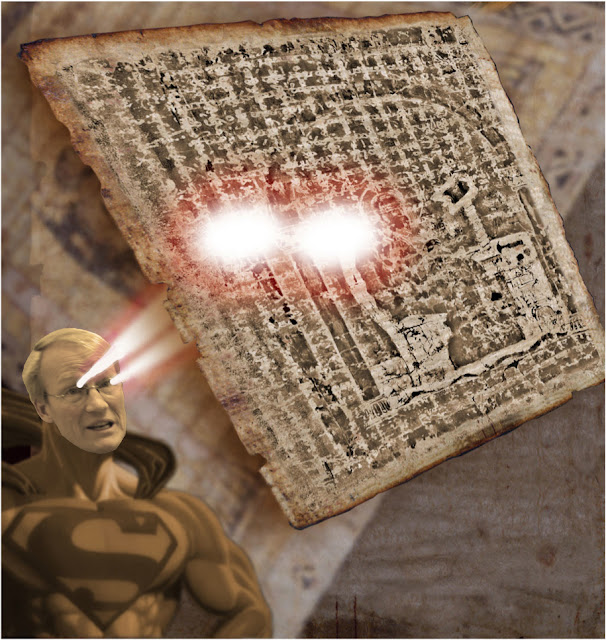Busy has a habit of becoming even busier! At the end of last year I submitted a proposal, on behalf of Palaeontology Research Group, to the Royal Society for their Summer Exhibition. My proposal was quite simple....to reconstruct a synchrotron in the hallowed halls of the said Society. They said said yes to our proposal, 'Palimpsests, Palaeontology and Particle Physics'.
 |
| Dr Uwe Bergmann (above) has opened the Palaeo-Research group eyes to his X-Ray vision! |
....the exhibit we build for the Royal Society Exhibition, must explain all of the above....my busy semester just got a little busier!

No comments:
Post a Comment